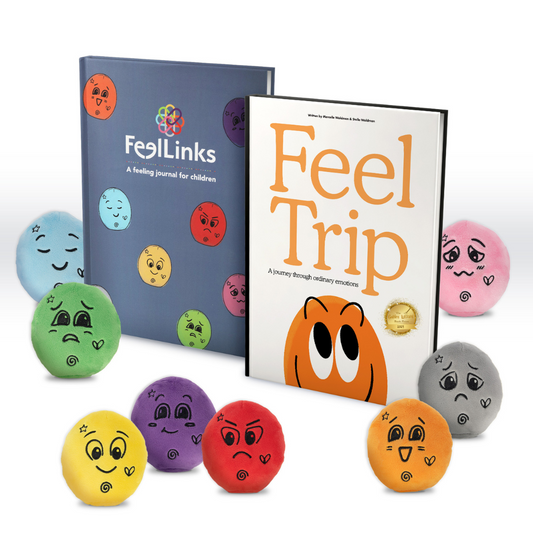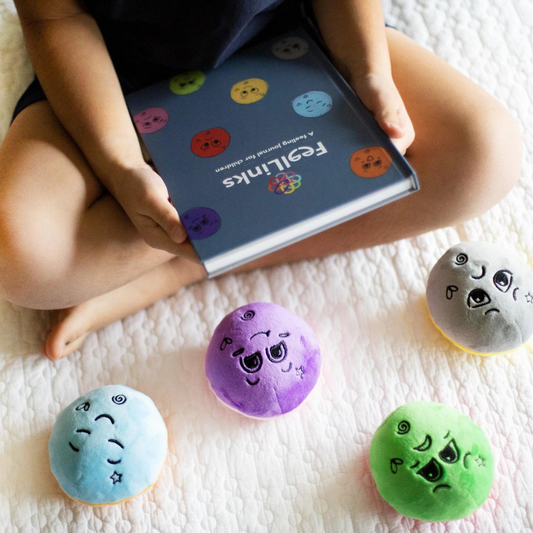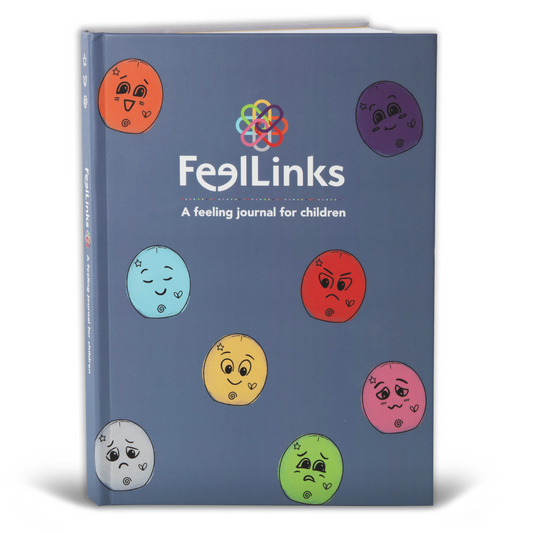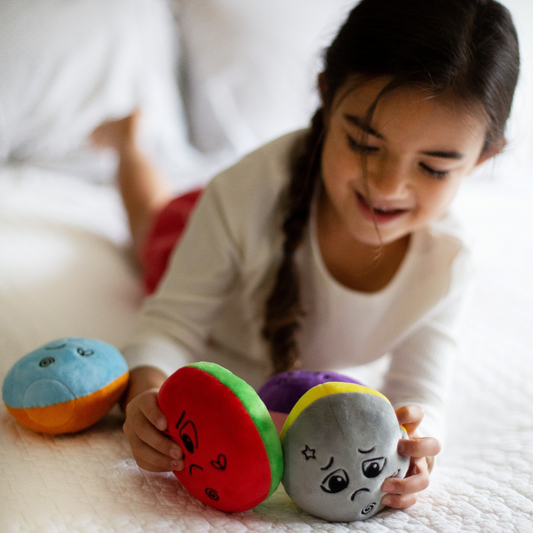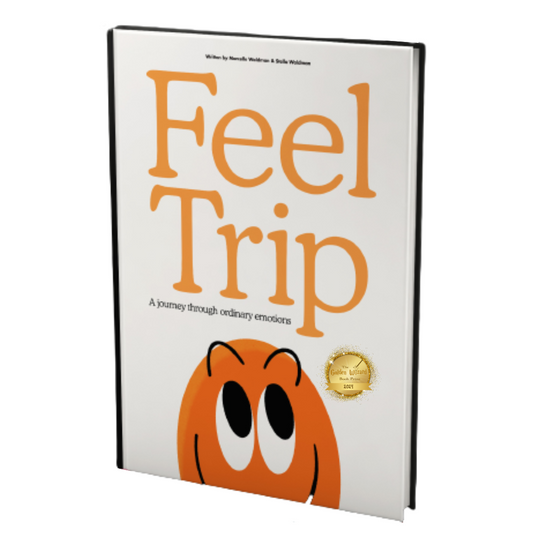Our Brain and Our Emotions: What we can teach our children
Share
The brain is a very beautiful and complex part of our body. Understanding the brain is essential in understanding where our emotions, feelings, memories and logical thinking come from. While the brain is extremely complex, below is a simplified way to look at our brain using the 3-part model.
- Brainstem, which is also referred to as our reptilian brain, the oldest part of the brain through evolution. The brainstem is responsible for our instinctual behaviors, such as breathing, sweating, and our heart beating.
- Limbic system, also called our mammalian brain, is responsible for our feelings, emotions, and memories. This is the middle of the brain where our amygdala (emotions) and hippocampus (memory) sit.
- Pre-frontal cortex, also knowns as the human or primate brain, sits at the front of our brain. The cortex is responsible for logical thinking, emotion management, language and ideas.
While our brains do not mature at the same rate, we know that our brains are not fully developed until we are in our mid- 20’s, some scientists even say full development is closer to 30 years old. Did you just experience an “aha moment”? Do you now have a greater understanding of why our children, tweens and teens act and behave in the ways that they do – their brains are not fully developed, yet. With this brief understanding of these 3 parts of the brain, I will explain how they function in moments of calm and overwhelm.
If we want to teach children how to regulate their emotions, the best way to do this is to MODEL. MODEL. MODEL. From birth, it is essential for parents and caretakers to model calming strategies for our children. This supportive, soothing process is referred to as co-regulation. When our babies are crying or our young children are flooded with emotion, we want to do our best to use calming tones, gestures, facial expressions, and be patient, when responding and engaging with them. When we engage in co-regulation behavior, we are literally building pathways in our child’s brain to understand that they can be soothed. Eventually, this will lead to our children calming themselves when their emotions become overwhelming; this is called self-regulation.
KNOWLEDGE IS POWER!
As our children become old enough, it is important to teach them, in simplified terms, how their brain works. You can start with the 3-part model I discussed above. Another great model is the hand brain model by scientific researcher and all around brain and emotion guru, Dr. Daniel Siegel. He created a fantastic model of the brain and our emotions, by just using his hand for explanation. This model is a great way for adults, and kids alike, to understand what happens to our brain when we have big, overwhelming emotions (which we know happens often). The more we teach our children about their brain, the more they grow in self-awareness - understanding themselves, their emotions and behaviors.
Here is an adapted version of Dr. Siegel’s hand brain model:




Another great way for teaching children about their brains is through the use of videos. There are some fantastic videos created for children and adolescents to learn about their brains.
Here is a video to share with younger children.
Here is a video for tweens and teens about the adolescent brain.
There are many other videos out there - find one that is best suited for your child’s age and understanding.
FeelLinks and your child’s brain
FeelLinks set focuses on building emotional intelligence – the ability to identify, understand, and manage your own emotions, as well as the emotions of others. Those with high emotional intelligence demonstrate an understanding of what they are feeling, what their emotions mean, and how their emotions affect others. FeelLinks set is a tangible resource created to strengthen children’s social-emotional connections and confidence by empowering children to understand their feelings by:
- Reflecting on how their brain and body feels when experiencing emotions.
- Gaining broader emotional vocabulary to support labeling our feelings more precisely.
- Labeling emotions
- Helps our brain understand the feeling better.
- Decreases the intensity of the brain’s emotional response.
- Helps adults understand and better support their child’s needs.
- Using expressive drawing and/or writing.
-
Supports co-regulation skills between an adult and a child - which helps build self-regulation strategies.
-
Creates healthy habits of slowing down, reflecting and journaling.
- Understanding that all feeling are normal, okay, and should be felt and expressed.
I hope this was educational and will support you in caring for a child in your life. Could you please do me a quick favor? Please forward this along to someone that will find this interesting and helpful – Thank you.
With Gratitude,
Marcelle

